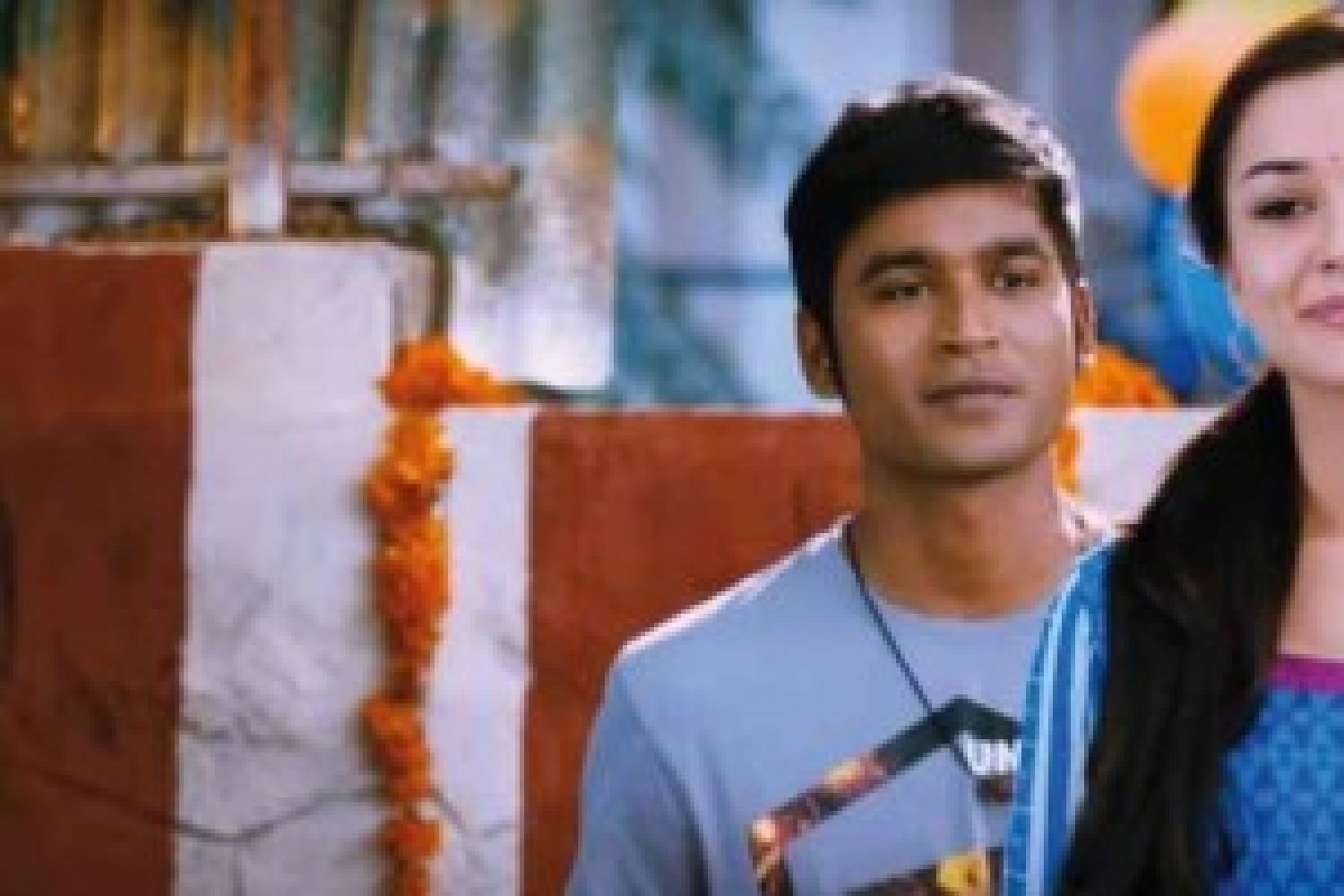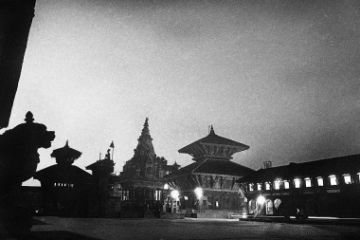
The scene
outside the recently painted garish walls of the Nungambakkam police station is
reminiscent of a new breed of “realistic” Tamil cinema. Traffic crawls and auto
drivers and motorists swear at the colony of photojournalists climbing over
each other to try and catch a glimpse of the cell where Ramkumar, the alleged
killer in the Swathi murder case, is presumably housed. Police vans go in and
out of the station, looking as important as the paunchy constables and
sub-inspectors br





